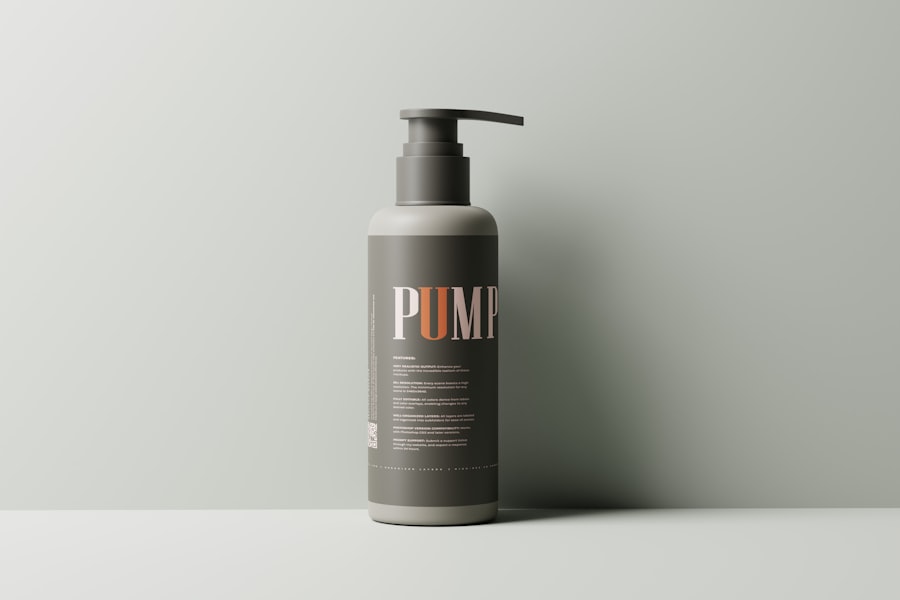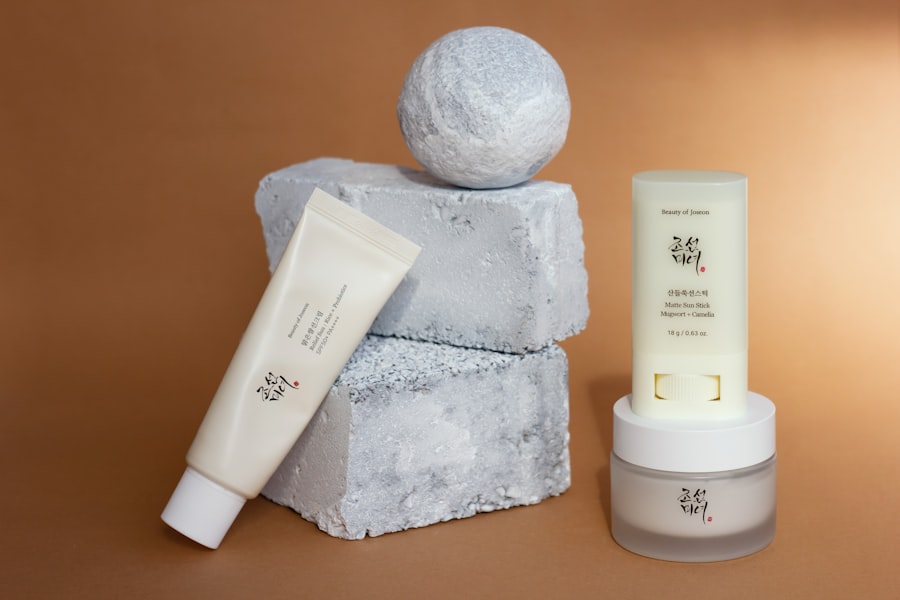Aftercare is a crucial component of any cosmetic or dermatological treatment. You may not realize it, but the steps you take after a procedure can significantly influence your results and overall skin health.
By prioritizing aftercare, you are investing in the success of your procedure and the appearance of your skin. When you undergo a treatment, your skin is often left vulnerable and sensitive. This is where aftercare comes into play.
It serves as a protective barrier, allowing your skin to recover while maintaining the benefits of the treatment. Neglecting aftercare can lead to adverse effects such as prolonged redness, irritation, or even infection. Therefore, understanding the importance of aftercare is essential for anyone looking to achieve optimal results from their cosmetic procedures.
Key Takeaways
- Aftercare is crucial for optimal results and to minimize complications after skin treatments.
- Sun exposure should be avoided to prevent damage and pigmentation issues.
- Regular moisturizing and hydration are essential for skin recovery and maintenance.
- Harsh chemicals and exfoliation should be avoided to prevent irritation and damage to the skin.
- Discomfort and redness can be managed with proper care and following post-treatment instructions.
Avoiding Sun Exposure
One of the most critical aspects of aftercare is avoiding sun exposure. After a treatment, your skin may be more susceptible to damage from UV rays, which can lead to complications such as hyperpigmentation or premature aging. You should make it a priority to keep your skin shielded from direct sunlight for at least a few weeks following your procedure.
This means wearing broad-spectrum sunscreen with a high SPF, even on cloudy days, and seeking shade whenever possible. In addition to sunscreen, consider wearing protective clothing such as wide-brimmed hats and long sleeves when you are outdoors. This extra layer of protection can help minimize the risk of sunburn and further irritation.
Remember that even brief exposure to sunlight can have lasting effects on your healing skin, so it’s essential to be diligent about sun safety during this critical recovery period.
Moisturizing and Hydrating the Skin

Keeping your skin moisturized and hydrated is another vital aspect of aftercare that you should not overlook. After a treatment, your skin may feel dry or tight, which can be uncomfortable and hinder the healing process. By incorporating a gentle moisturizer into your daily routine, you can help restore moisture levels and promote a healthy skin barrier.
Look for products that are fragrance-free and formulated for sensitive skin to avoid any potential irritation. In addition to using a moisturizer, staying hydrated from within is equally important. Drinking plenty of water throughout the day can help maintain your skin’s elasticity and overall health.
Hydration plays a significant role in how your skin recovers post-treatment, so make it a habit to keep a water bottle handy. By prioritizing both external and internal hydration, you are setting the stage for optimal healing and radiant skin.
Avoiding Harsh Chemicals and Exfoliation
| Metrics | Results |
|---|---|
| Reduction in chemical usage | 20% |
| Decrease in skin irritation | 30% |
| Improvement in skin texture | 25% |
After undergoing a cosmetic procedure, it’s essential to be cautious about the products you apply to your skin. Avoiding harsh chemicals and exfoliation is crucial during this time. Many skincare products contain ingredients that can irritate or inflame sensitive skin, which may still be recovering from treatment.
You should steer clear of products containing alcohol, fragrances, or strong active ingredients like retinoids and alpha hydroxy acids until your skin has fully healed. Exfoliation is another practice you should temporarily suspend. While regular exfoliation can be beneficial for maintaining healthy skin, it can also be too aggressive for freshly treated skin.
Instead of scrubbing or using chemical exfoliants, focus on gentle cleansing methods that will not disrupt your skin’s natural barrier. By giving your skin time to heal without the added stress of harsh products, you are promoting a smoother recovery and better long-term results.
Managing Discomfort and Redness
Experiencing some discomfort or redness after a treatment is entirely normal, but managing these symptoms effectively is essential for your comfort and peace of mind. You may find that applying a cool compress to the affected areas can provide immediate relief from any heat or swelling you might experience. Additionally, over-the-counter pain relievers can help alleviate discomfort if needed; however, always consult with your healthcare provider before taking any medication.
If redness persists longer than expected or becomes more pronounced, it’s important to reach out to your practitioner for guidance. They can provide tailored advice on how to manage these symptoms effectively and determine if any additional interventions are necessary. Remember that while some redness is typical, being proactive about managing discomfort will contribute to a smoother recovery process.
Following Post-Treatment Instructions

Following post-treatment instructions provided by your practitioner is paramount for achieving the best possible results. These guidelines are tailored specifically to your treatment type and individual needs, so adhering to them closely will help ensure that you maximize the benefits of your procedure. Whether it involves specific skincare routines or lifestyle adjustments, these instructions are designed with your safety and satisfaction in mind.
You should take the time to review these instructions thoroughly and ask any questions if something is unclear. Keeping an open line of communication with your practitioner will help you feel more confident in your aftercare routine. By diligently following their recommendations, you are taking an active role in your recovery process and setting yourself up for success.
Monitoring for Complications
As you navigate through the aftercare process, it’s essential to monitor your skin for any signs of complications. While most individuals experience mild side effects that resolve within a few days, being vigilant about changes in your skin can help catch potential issues early on. Look out for symptoms such as excessive swelling, persistent redness, or unusual discharge from the treated area.
If you notice anything concerning, don’t hesitate to contact your healthcare provider for advice. Being proactive about monitoring your skin not only helps ensure a smooth recovery but also fosters a sense of empowerment in your skincare journey. You are taking charge of your health by being aware of what is normal versus what may require further attention.
This awareness will ultimately contribute to better outcomes and greater satisfaction with your treatment results.
Scheduling Follow-Up Appointments
Finally, scheduling follow-up appointments is an essential step in ensuring that you achieve the best possible results from your treatment. These appointments allow your practitioner to assess how well your skin is healing and make any necessary adjustments to your aftercare plan. Regular check-ins also provide an opportunity for you to discuss any concerns or questions that may arise during your recovery process.
These visits can also serve as an opportunity to explore additional treatments or enhancements that may further benefit your skincare journey. Ultimately, staying engaged with your practitioner will help you achieve optimal results while fostering a lasting relationship built on trust and care.
In conclusion, aftercare plays an indispensable role in ensuring the success of any cosmetic or dermatological treatment you undergo. By prioritizing sun protection, hydration, gentle skincare practices, and following professional guidance, you set yourself up for optimal healing and satisfaction with your results. Remember that this journey is not just about the treatment itself but also about how you care for your skin afterward—your commitment to aftercare will pay off in radiant, healthy skin for years to come.
If you’re looking for more information on laser hair removal aftercare, be sure to check out the blog section of In Laser Hair Removal’s website. One article that may be of interest is “



